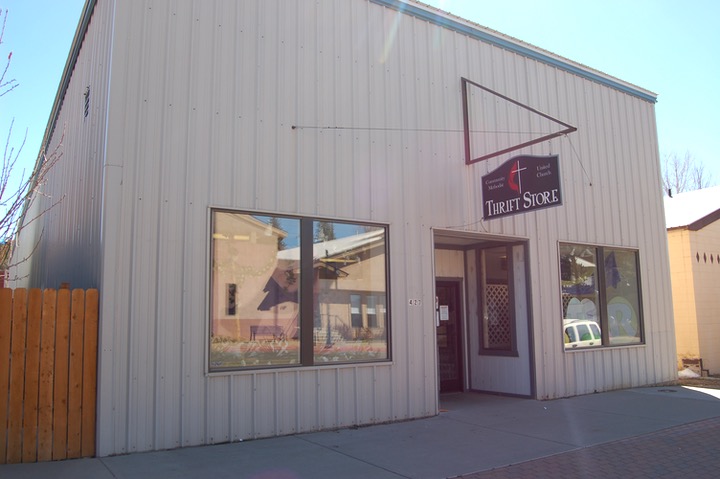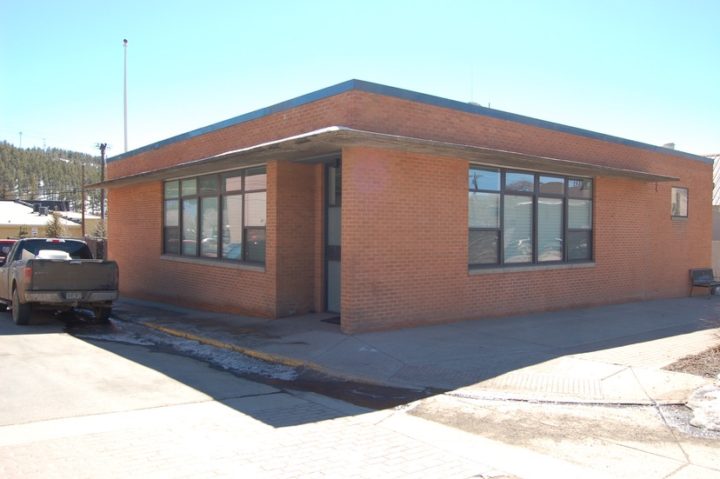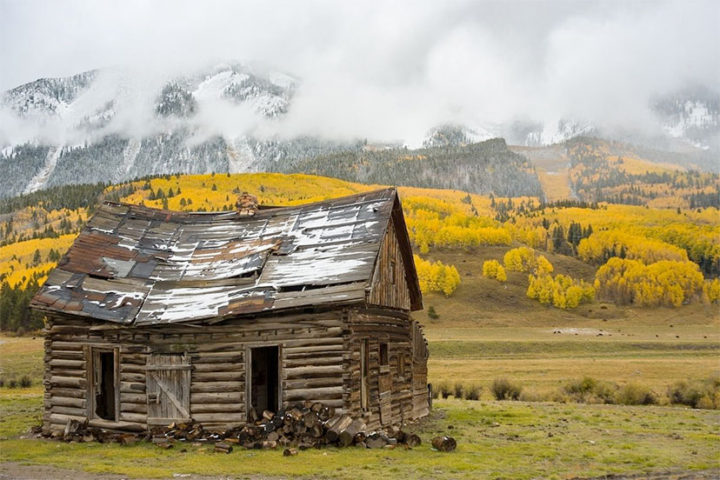I met with a local realtor last month to discuss our “hot” (but also terrifying) real estate market in Pagosa Springs. The market is considered “hot” because there’s more demand than supply; it’s a “sellers market” where you can fairly easily sell a Pagosa home (one in reasonably in good condition) for at least twice what it was worth 10 years ago. This is a great situation for people hoping to cash out their investments, and for realtors earning decent commissions on such sales.
On the other hand, the situation is terrifying — to some of us — because the Pagosa market has been flooded with investors and second-home buyers, driving up the prices on both purchased homes and rental rates, and pricing out the working families necessary to keep our local economy viable.
My realtor friend and I discussed many aspects of the housing crisis, and were generally in agreement on the central issues. But when I brought up the idea of alternative building materials for housing — specifically, metal buildings — my friend quickly responded that he finds metal buildings ugly, and would never support changes to our land use regulations that would allow homes made of metal.
We briefly debated the commonly accepted idea that ‘metal’ is less attractive than ‘wood’ — when used in home construction.
Why do many people someone feel that ‘metal’ is ugly?
In our society, ‘metal’ — per se — is not considered to be inherently ugly. In many applications, metal is in fact considered to be quite beautiful.
Why then does metal, when used as a building material for a dwelling or commercial building, elicit feelings of contempt?
I believe the reason is fairly simple. It’s the same reason that logs were scorned in the late 1800s. Because we are disgusted, not by the materials themselves, but by poverty. When any particular building material — logs, metal, adobe, stone — is commonly used to build homes for the ‘lower classes’ because the materials are inexpensive or easily available, we learn to judge those particular materials as ‘unattractive.’
Below are photos of two buildings on the 400 block of Lewis Street, in downtown Pagosa. The first example is an uninspired ‘industrial’ metal building that houses the Methodist Church Thrift Store on Lewis Street.
I believe the building was erected in 1994, specifically to serve as the thrift store, but it’s possible the building is older than 1994, and had housed a different type of business previously. No one I’ve talked to so far can remember for sure.
The design is uninteresting. The surface treatment is uninteresting. But the building was no doubt quite affordable, at the time, in terms of materials and construction labor.
According to my understanding of the Town government’s land use regulations, the construction of such an industrial metal building would not be allowed on Lewis Street in 2021, even if it were right next door to, and identical to, this thrift store building. That is to say, ‘compatibility’ with the existing neighborhood buildings is not sufficient justification; the Town’s regulations simply no longer allow fully-metal buildings in the downtown district. (As I understand the rules.)
Here is another building, about four doors down, also on Lewis Street. A brick building that once housed the US Post Office.
This building later served as the CenturyTel business office. It’s currently a private residence. I walk past this building on an almost daily basis with our family dog, Frida, and I cannot recall ever seeing anyone sitting in the fenced-off back yard, or entering or leaving the building. But my point in sharing this photo is to suggest that this build is just a devoid of interesting architectural detail as the Methodist Thrift Shop, except that it’s constructed out of brick instead of metal.
We judge buildings — and judge their attractiveness or lack thereof — based upon many factors. What is the building used for? How many people use the building, and how often? What materials are visible on its exterior? Do those materials suggest “wealth” or do they suggest “poverty”? Are the architectural details “utilitarian” or “artistic”? Does it look like it was built in 1890… or 1990?
I would propose that a building that “looks historical” is generally treated as more attractive than one that looks like it was built in 1994. Even a dilapidated log cabin, from 1890, is regarded wtih a certain charm — regardless of the fact that it was considered “low class” when it was originally constructed.
I would propose that a housing complex built out of shipping containers will generally be considered “ugly” and a blight on the neighborhood, if it looks to be “affordable.”
But if you just add a few wood details? To hide some of the metal surfaces?
And if it looks like it belongs to a wealthy person?
Then we’ll be just fine with it.

I’m arguing that a structure does not become ‘more beautiful’ merely because we used logs as the building material. A structure does not become ‘less attractive’ merely because we used shipping containers as a building material.
The building materials really mean nothing at all. Generally speaking.
A structure is considered more attractive, more appreciated… the more money the owner spends on its construction. Generally speaking.
With that in mind, our local government land use regulations, over the past 70 years or so, have been aimed at increasing the cost of home construction. This was not a conscious decision, by our governments. It happened without anyone really thinking about it.
And now here we are. Housing that is truly affordable for a working family, in 2021, is generally considered unacceptable to our planning departments. And to the rest of us.
We’re in a crisis, of our own invention.
Can we now think our way out of it?
Can we now let go of our expectations?
Good questions.





